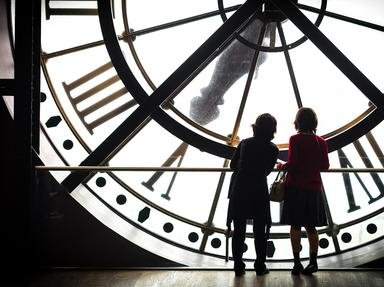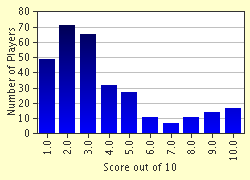Quiz Answer Key and Fun Facts
1. The Mohs scale is used to determine the hardness of minerals, with diamond being the hardest (10) and talc being the softest (1). Of what nationality was the fellow who invented this scale in 1812?
2. An important figure in the development of the pH scale was which Danish chemist with a fun name?
3. The Mercalli scale is a lesser known measure of what important natural phenomenon?
4. Another guy with a fun name, he was an Italian inventor who developed a 'thermoscope', an early version of the thermometer, which most significantly was the first temperature related instrument to have a numerical scale applied. What was his name?
5. Speaking of hot and cold, Anders Celsius was the Swedish inventor of a very commonly used measure of temperature, the Centigrade (or Celsius) scale. But Celsius was not a specialist in thermodynamics, rather, he was a professor of what scientific discipline at Uppsala, Sweden?
6. Following the theme of temperature scales, we now move on to Lord Kelvin, whose absolute scale of temperature provides us with a fairly accurate measurement of 'absolute zero'. Kelvin is also well known for which other major scientific accomplishment?
7. Which of these scientists worked alongside Charles Richter in creating the Richter scale?
8. The Fujita scale is used to measure which natural phenomenon?
9. Which of these names is attached to the scale of damage which potentially could be caused by an asteroid or comet impacting the Earth?
10. How many points are there on the Beaufort scale for measuring wind force?
Source: Author
thejazzkickazz
This quiz was reviewed by FunTrivia editor
crisw before going online.
Any errors found in FunTrivia content are routinely corrected through our feedback system.

